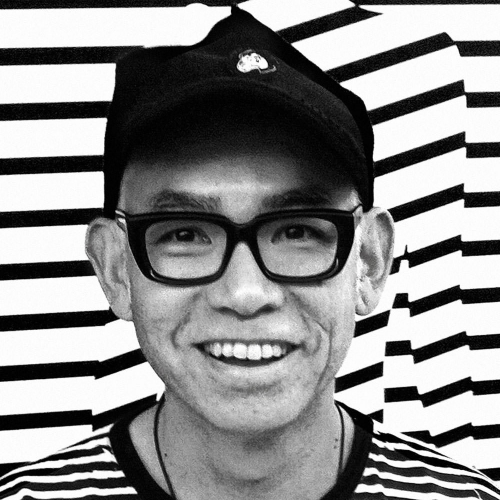On Book Design
Interviews by Katie Fridman, compiled and edited by Gladys Serugga
—
There are many elements that make up a great book, from the charismatic best friend of the main character, to the descriptive language that creates a setting vivid enough to paint real life on the canvas of our minds. But while the essence of a book might lie in the words, the cover design is an integral part of the overall package. Associate producer Katie Fridman spoke with five renowned book designers to dig deeper into what catches our eye before we turn the page.

Akiko Chan, a resident designer at Black Inc. Books, simply loves working on content and in print. ‘I was exploring book design through personal projects when I was lucky enough to get an in-house job at Black Inc. Books,’ she said.
The designer – whose freelance work includes clients based in New York, London, Tokyo, Seoul and Melbourne – says that design should never be a distraction. ‘I think if you’re reading and finding yourself consciously thinking about the design, it might be a sign that it’s dominating the experience too much,’ she said. Chan says that in a text design setting, ideally readers will take in the words and content first, as the design is only a supporting act, called on to help the reader better understand the book or enhance their reading experience.
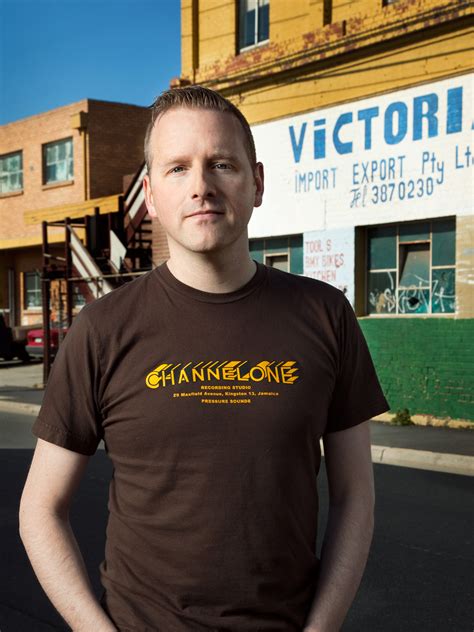
Typographer, researcher and author Stephen Banham agrees. The RMIT lecturer and founder of Letterbox Studio says being a book designer requires a level of humility when executing the project. ‘There is a beautiful pleasure in being lost in the content itself – to journey through the world of ideas the author has crafted, without the voice of the designer shouting above the narrative,’ he said. But what does allowing the author’s voice to shine throughout the book design look like.
Banham says it’s engagement in the design process. ‘Authors have a direct and considerable investment in the design of the book. This means they need to be engaged with the book design but also have the professional respect to leave that process primarily to the designer,’ he said. For someone who has been at both ends of the spectrum, having designed and written 18 books, Banham knows what it is like to have his words misinterpreted by designers but also have a writer not understand the design process. ‘[It’s a process] that requires trust and respect,’ he said.
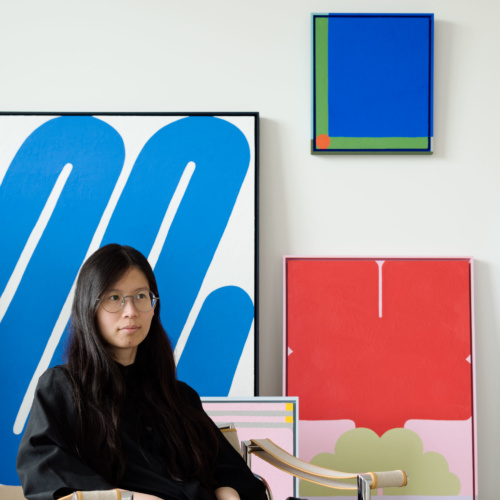
When it comes to the input of designers in the production specifications, the process is a little different for everyone. For Evi O, owner of Sydney-based Evi O. Studio that specialises in print and digital publishing, brand identity and creative collaborations, it varies. ‘Sometimes we have full freedom, sometimes we don’t. We try to present the best design, in the right package to match the RRP and expectations,’ she said.
And the variations continue, as O says there is no such thing as a typical project. ‘A publishing project is always unique on its own. But typically, we would spend most of our time getting the vibe right, in terms of design and finishes, then comes production,’ O said. When allowed, O and her team also assist in content creation, be it in ideas for text, art directing, photography or illustrations.
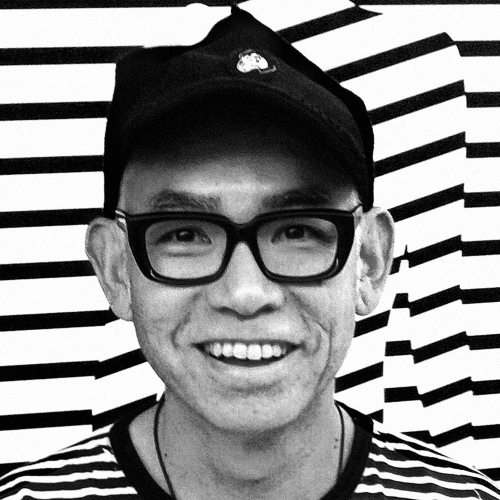
Walk into any bookshop and the proof that book covers thrive in their contrasts will be written all over the shelves. A common theme in book design, however, is the subtleties that differentiate one from the next. But how important are those subtleties to a reader? W.H Chong, design director of Text Publishing, says in his experience most covers aren’t flashy. ‘While “most” book buyers are sensitive to design, I think it’s generally within their own reading/buying genre – an accurate design pitch to the carefully identified demographic wins [over] the reader,’ he said.
For Chong, who was inducted into the Australian Book Design Hall of Fame in 2013, the ability to win over the reader is a result of ‘well-understood stages’ in the project. ‘Discussion, construction of the brief, a design process involving a few stages, design approval and refinement through rounds of discussion internally, and then bringing in any outside actors,’ is how a typical project plays out in his team.
But when it comes to inspiration Chong says he uses an old-school method. ‘Reading the manuscript! My instinct is to go in the opposite direction of the obvious and then go back to the obvious, as necessary,’ he said. His go-to style is type design solution and the other is repurposing previous ideas, which Chong is sure ‘designers, authors, musicians, artists and makers do this all the time!’
Whether the book cover’s inspiration might come from the street across the road from the studio, or the very pages that make up the completed manuscript, graphic designer and occasional publisher Stuart Geddes says all the parts that contribute to the book need to communicate. ‘I want a book to be its own distinctly considered thing, where the various bits (what the book is saying, what it is doing, how it looks, how it feels) are all in conversation with one another,’ he said.
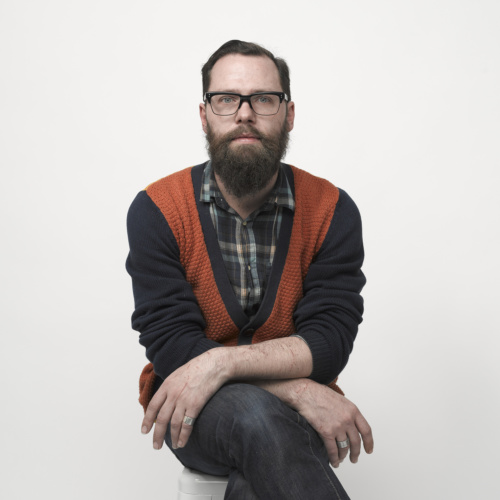
Geddes, who is an industry fellow, researcher and PhD candidate at RMIT University, says if all those things work together somehow, that’s a good book. Another important conversation for the book and design process is the one between author and designers. ‘For me a book mostly takes its own path, and I react to what it needs. Key moments that inform that path often come out of conversations with the author,’ Geddes –said.
—
To see some of Australia’s best book designs, have a look at the award-winning galleries at https://abda.com.au/

